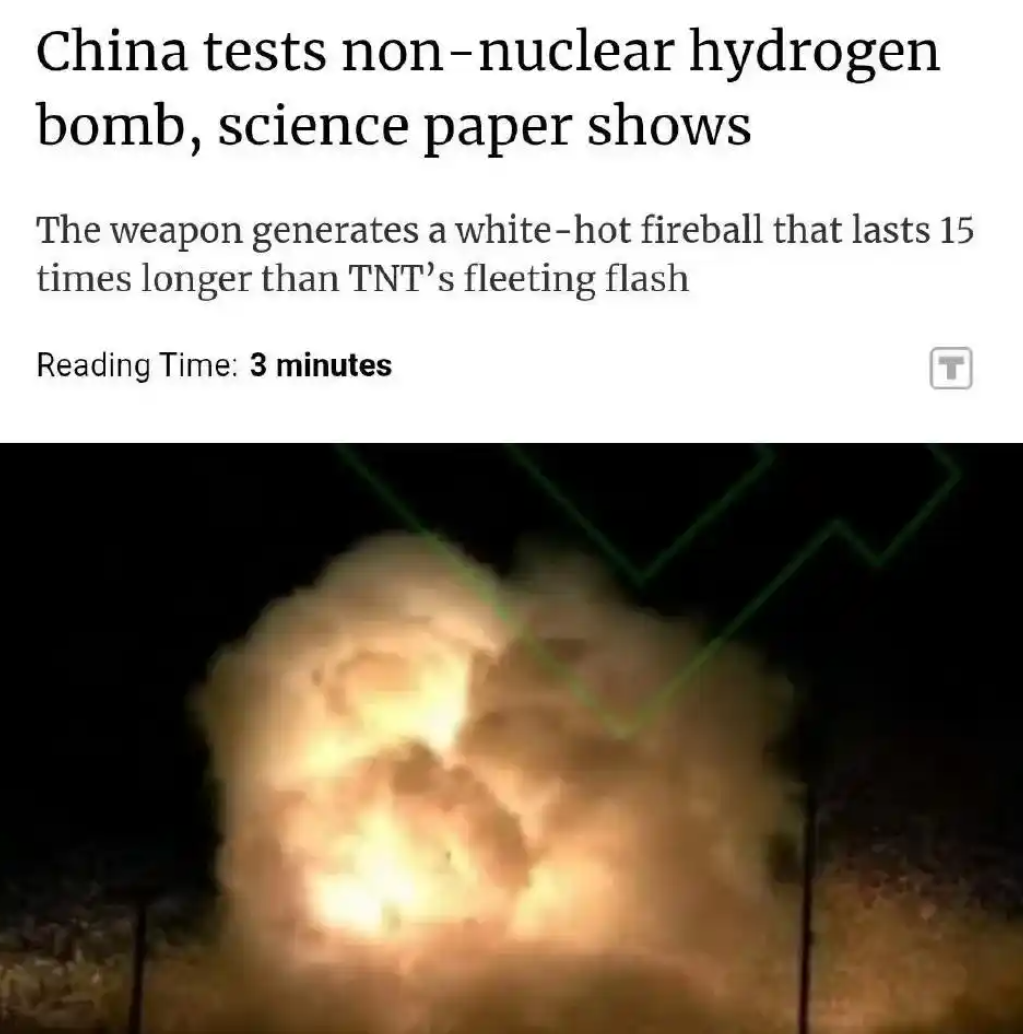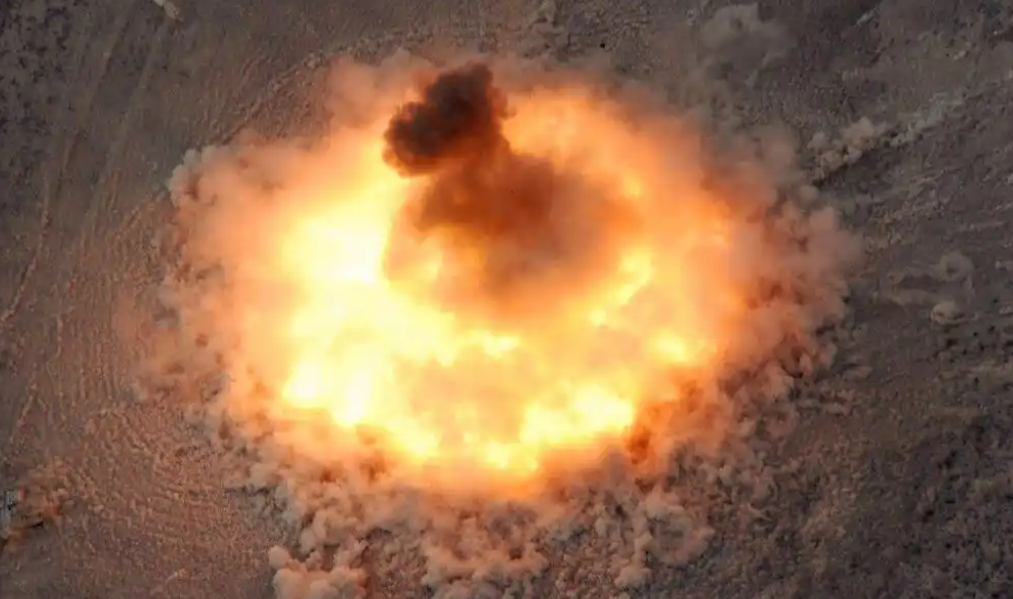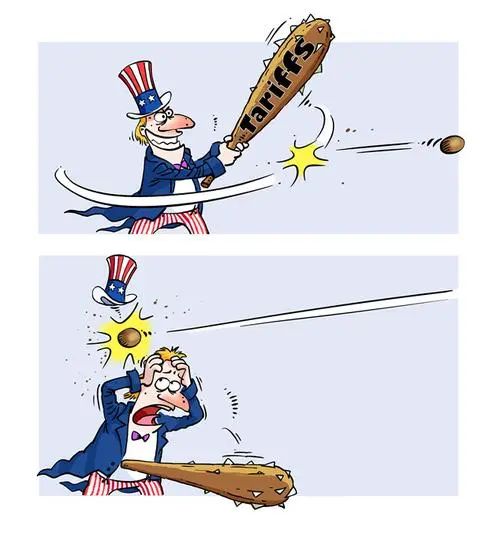html
China’s Strategic Military Breakthrough: The Non-Nuclear Hydrogen Bomb and Its Global Implications
Key Takeaways:
- China has developed a non-nuclear hydrogen bomb using magnesium-based solid-state hydrogen storage materials (MgH₂).
- This innovation provides nuclear-level explosive power without radioactive fallout, enhancing China’s military capabilities.
- The technology is environmentally safe, cost-effective, and strategically advantageous in naval and aerial warfare.
- China’s military advancements are reshaping geopolitical dynamics, particularly in the Taiwan Strait and South China Sea.
- The U.S. tariff war strategy against China has proven ineffective, highlighting China’s resilience and technological independence.
1. Introduction: A New Era of Military Technology
In the complex landscape of global geopolitics, military strength remains the ultimate determinant of a nation’s power. The cataclysmic consequences of World Wars I and II underscored the devastating potential of large-scale military conflicts. Today, while the world has avoided another global war, international tensions are as high as ever, particularly between China and the United States. Since 2020, the COVID-19 pandemic has accelerated strategic rivalries, with military innovation emerging as a critical battleground for supremacy.
China’s recent breakthroughs, including the development of a non-nuclear hydrogen bomb, are a testament to its commitment to maintaining a technological edge in this high-stakes environment. This innovation not only showcases China’s scientific prowess but also has far-reaching implications for global power dynamics.

Image: China’s advancements in military technology are reshaping global power dynamics.
2. China’s Non-Nuclear Hydrogen Bomb Technology
2.1 What Is a Non-Nuclear Hydrogen Bomb?
Traditional hydrogen bombs rely on nuclear fission to trigger fusion reactions, releasing immense energy but also producing radioactive fallout. In contrast, China’s non-nuclear hydrogen bomb uses magnesium-based solid-state hydrogen storage materials (MgH₂) to achieve comparable explosive power without nuclear reactions. This groundbreaking innovation eliminates radioactive contamination while delivering a “nuclear-level” impact.
Key Technical Features:
- Mechanism: MgH₂ decomposes under high temperatures or catalytic conditions, releasing hydrogen gas that combusts violently in oxygen-rich environments.
- Explosive Power: A 2kg MgH₂ device generates a fireball exceeding 1,000°C, lasting 15 times longer than equivalent TNT explosions.
- Military Applications: Targets include aluminum-alloy armored vehicles, drones, radar systems, and small naval vessels—all vulnerable to sustained high-temperature damage.

Image: MgH₂ decomposes to release hydrogen gas, which combusts violently in oxygen-rich environments.
2.2 Strategic Advantages
The non-nuclear hydrogen bomb offers several strategic advantages:
- No Nuclear Constraints: As a conventional weapon, it bypasses international nuclear treaties, enabling unrestricted deployment.
- Environmental Safety: Post-explosion residues (e.g., magnesium oxide) are non-toxic, allowing immediate use of affected areas.
- Cost Efficiency: Production costs are 99% lower than U.S. lab-made metallic hydrogen, with China’s Shaanxi facility producing 150 tons annually.
2.3 Naval and Aerial Integration
Developed by China State Shipbuilding Corporation (CSSC), this technology is tailored for maritime warfare. For instance:
- Anti-Ship Capabilities: A single missile equipped with MgH₂ could melt aircraft carrier propellers (nickel-based alloys) or penetrate three deck layers.
- Drone Swarms: A J-36 stealth fighter could carry 24 MgH₂ micro-bombs (5kg each), creating a 10-meter fireball network to neutralize targets like Taipei’s Songshan Airport.

Image: A J-36 stealth fighter carrying MgH₂ micro-bombs for enhanced strike capabilities.
3. The U.S.-China Tariff War: A Strategic Miscalculation
3.1 Trump’s Tariff Strategy and Its Flaws
The Trump administration’s 2025 tariff hikes (e.g., 100% on EVs, 50% on solar cells) aimed to pressure China and rally allies. However, this approach underestimated China’s preparedness:
- Domestic Resilience: China’s industrial policies prioritize self-reliance in critical sectors like semiconductors and renewable energy.
- Global Supply Chains: Over 80% of U.S. consumer goods rely on Chinese imports, making rapid decoupling impractical.
3.2 China’s Countermeasures
China responded with a multifaceted strategy:
- Diversified Markets: Expanding trade with the EU, ASEAN, and Middle East offsets U.S. sanctions.
- Technological Independence: Investments in R&D (e.g., CL-20 high-explosive, 3x more powerful than TNT) reduce reliance on foreign tech.
- Economic Adjustments: Stimulating domestic consumption and subsidizing strategic industries to absorb tariff impacts.

Image: China’s economic resilience in the face of U.S. tariff pressures.
3.3 Global Repercussions
The tariff war has had broader global repercussions:
- U.S. Isolation: Allies like the EU and Japan resist aligning with U.S. tariffs, fearing economic backlash.
- Shift in Power Dynamics: A prolonged tariff war could accelerate the decline of U.S. economic hegemony, reinforcing China’s role as a global trade hub.
4. Geopolitical Implications of China’s Military Advancements
4.1 Regional Security
China’s military advancements have significant implications for regional security:
- Taiwan Strait: Enhanced missile capabilities (e.g., DF-21D with MgH₂ warheads) deter U.S. naval intervention, strengthening China’s reunification prospects.
- South China Sea: Mobile MgH₂ power stations on reefs reduce diesel dependency, bolstering China’s operational endurance.

Image: China’s naval presence in the South China Sea, bolstered by advanced military technologies.
4.2 Global Energy Markets
The non-nuclear hydrogen bomb technology also has implications for global energy markets:
- Hydrogen Economy: MgH₂ technology slashes green hydrogen costs from $4.5/kg to $1.8/kg, challenging OPEC’s oil dominance.
- Civil-Military Integration: Dual-use applications (e.g., fuel cells for civilian vehicles) drive both economic and strategic gains.
4.3 U.S. Strategic Anxiety
The U.S. is grappling with strategic anxiety in the face of China’s military advancements:
- Military Assessments: Pentagon simulations suggest MgH₂-equipped torpedoes could extend ranges from 50km to 120km, evading sonar detection.
- Arms Control Loopholes: As a non-nuclear weapon, MgH₂ can be legally exported to allies, potentially reshaping global military alliances.

Image: U.S. strategic anxiety over China’s military advancements and technological breakthroughs.
5. Conclusion: Redefining 21st-Century Power Dynamics
China’s non-nuclear hydrogen bomb exemplifies its ability to transform laboratory innovations into battlefield and market advantages. By merging material science breakthroughs with strategic foresight, China challenges U.S. dominance in both military and economic spheres. This development not only enhances China’s national security but also reshapes global power dynamics, particularly in regions of strategic interest like the Taiwan Strait and South China Sea.
For the U.S., adapting to this reality requires abandoning zero-sum Cold War mentalities and embracing multilateral cooperation. As the adage goes, “Future wars will be won in the material science lab”—and China is already writing the rules. The 21st century will be defined by nations that can harness scientific innovation for strategic advantage, and China is at the forefront of this transformation.
Key References:
- Non-nuclear hydrogen bomb technology and military applications.
- Scientific analysis of MgH₂’s energy storage and explosive properties.
- Strategic implications for naval and aerial warfare.
- Comparative analysis with traditional nuclear weapons.
- U.S.-China tariff war dynamics and global economic shifts.
